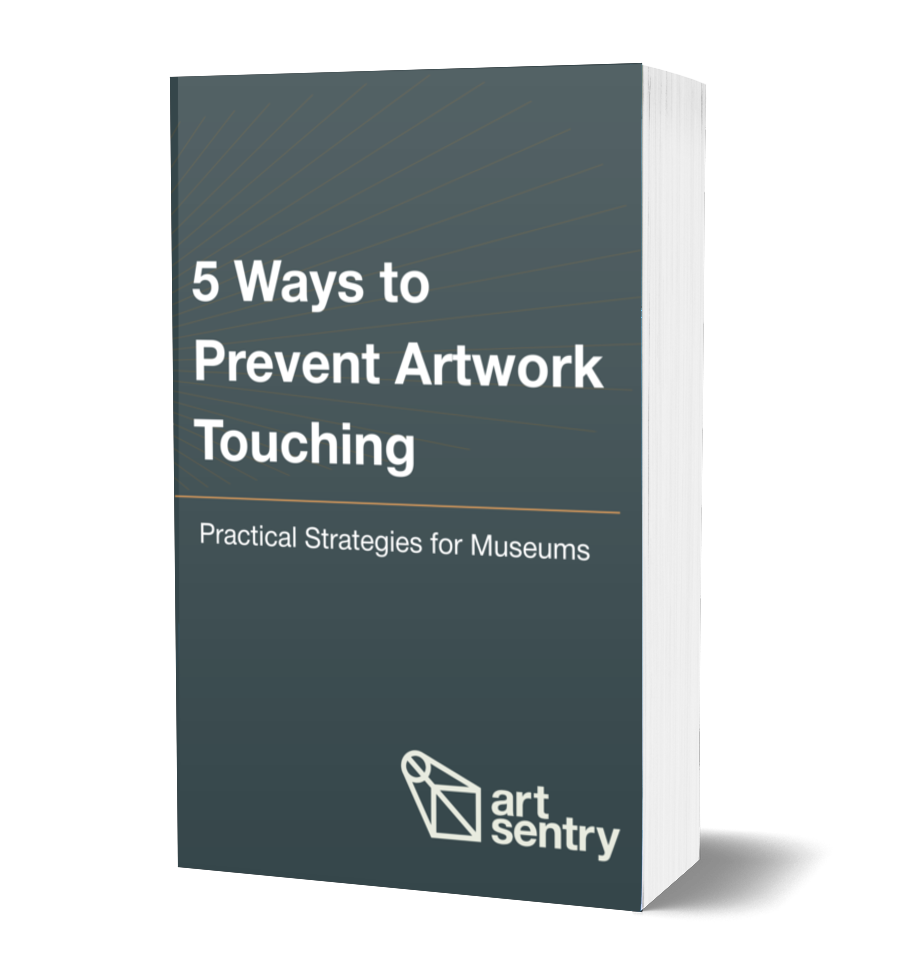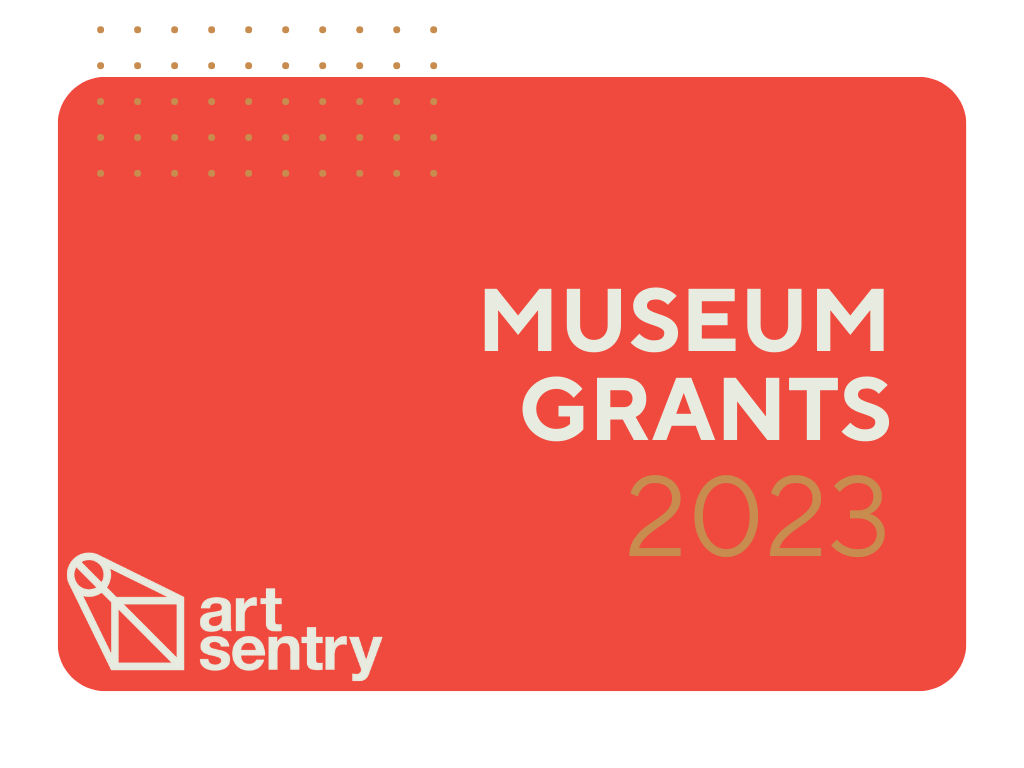5 Ways Museums Can Sensitively Limit Artwork Touching
How to Best Protect The World's Treasures
We created a handy guide with key tips about the best ways to deal with visitors before and after they touch paintings, sculptures, and historic artifacts.
Download your copy today and get insights about:

Approaching other museums about how they protect their collections

Understanding the scope of the problem

New technologies, such as an alarm system with audible alerts

Documenting instances and making operational adjustments

Auditing how you portray visitors in videos and on your website

Fill out the form for immediate access to the ebook!



Trusted by the Most Prestigious Institutions in the World
Why It Works
Prevents Touches
with the alarm security system in place, museums have found that 92% of object touches are avoided, serious-damage incidents are reduced by 60%, and valuable artifacts are protected.
Improves Visitor Experience
the audible alerts minimize the need for security personnel to confront visitors. this reduces the number of stressful situations and allows your staff to focus on customer service.
Provides Data & Insights
the camera-based motion detection security system captures data that helps your team observe trends in guest behavior. the data allows you to reconfigure exhibits to reduce the visitors' desire to touch an object.


